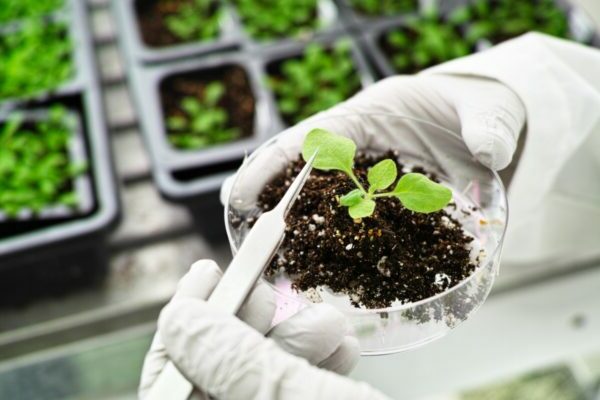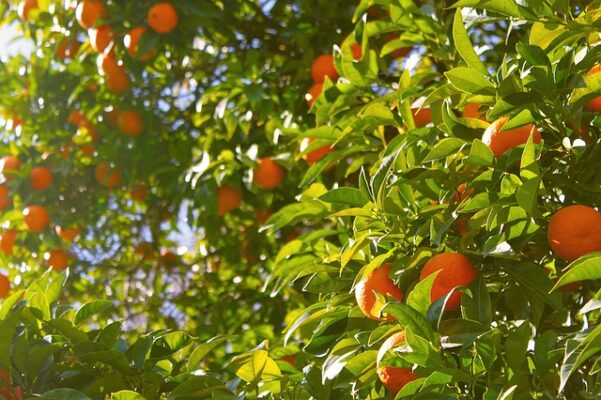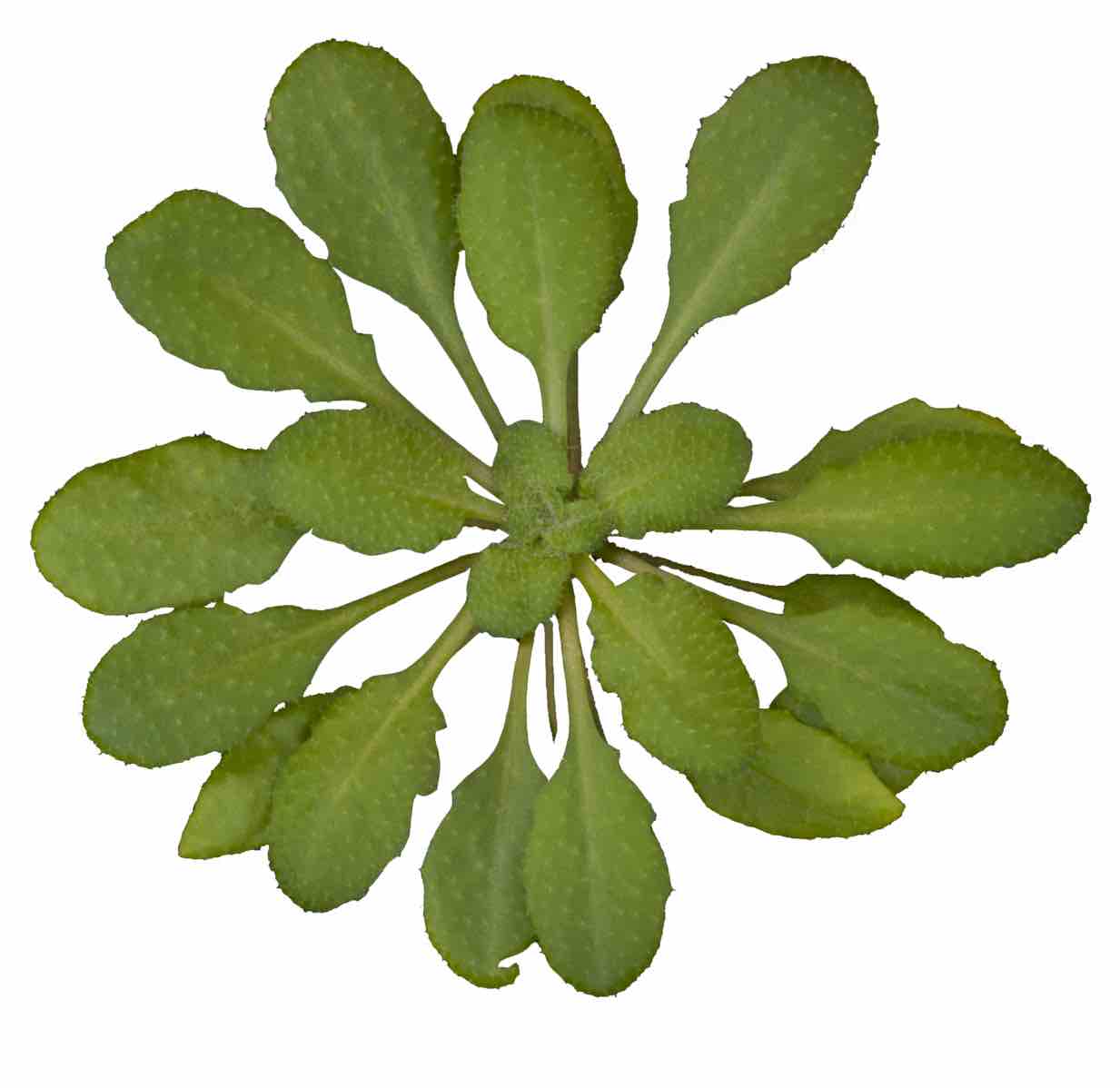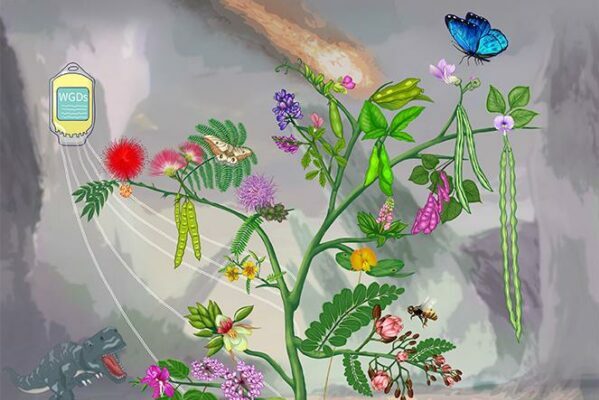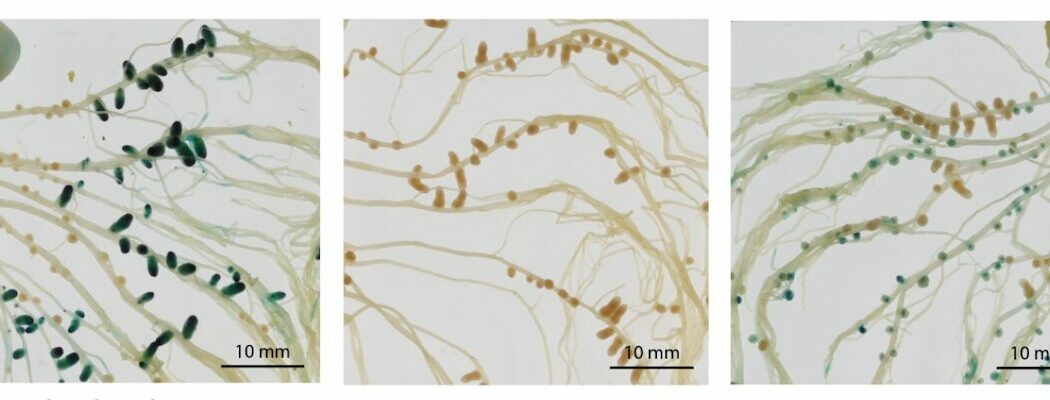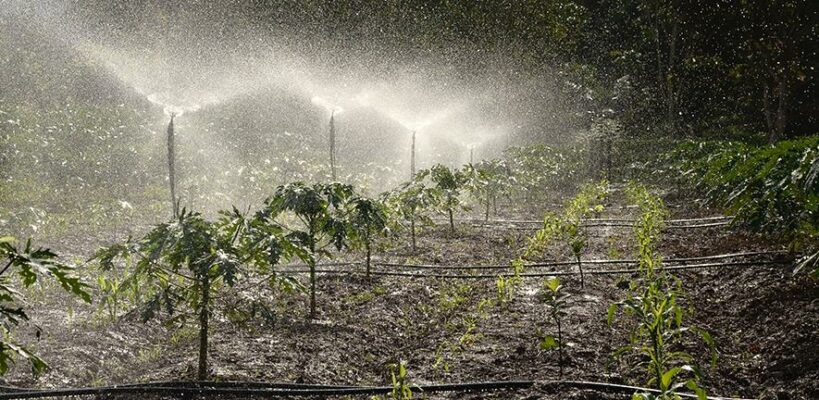
Even the mention of lavender evokes the distinct fragrance of the flower. This beautiful flower has been used to make perfumes and essential oils since time immemorial. The aesthetics of the flower have captured the imagination of hundreds, worldwide. So, what makes this flower so special? What are the “magical” compounds that gives it its unique fragrance? What is the genetic basis of these compounds? These questions have long puzzled scientists.


